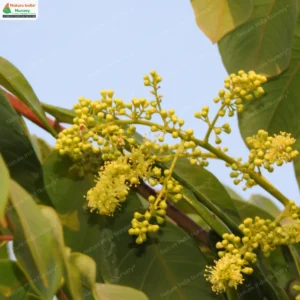Morus alba, commonly known as the white mulberry, is a fast-growing, small to medium-sized deciduous tree that grows to a height of 10-20 meters. The tree is native to India and China and has been widely cultivated and naturalized in many parts of the world, including North America, for its edible fruit, leaves for silkworms, and ornamental value. The leaves are glossy, green, and vary in shape, often lobed on young shoots and unlobed on mature trees.
The flowers are single-sex catkins, with male and female flowers usually found on separate trees. The fruit is a small, sweet, and edible berry that can vary in color from white to pink or purple when ripe. Morus alba is a versatile tree that provides numerous benefits, including food, shelter, and habitat for various wildlife, as well as economic value through its leaves, fruits, and traditional medicinal uses.
Habitat
Morus alba is native to India and China and has been widely cultivated and naturalized in many parts of the world, including North America.
Planting and Care
-
Seeds: Morus alba can be propagated from seeds.
-
Cuttings: Propagation can also be done using stem cuttings.
-
Sunlight: Prefers full sunlight but can tolerate partial shade.
-
Soil: Thrives in well-drained, fertile soil.
-
Watering: Requires regular watering, especially during dry periods. Ensure the soil remains consistently moist but not waterlogged.
-
Pruning: Minimal pruning needed; mainly to remove dead or damaged branches.
Additional Information
-
Silk Production: The leaves of Morus alba are the primary food source for silkworms, making it essential for the silk industry.
-
Edible Fruits: The sweet berries are consumed fresh or used in jams, jellies, and desserts.
-
Traditional Medicine: Various parts of the tree are used in traditional medicine to treat ailments such as fever, sore throat, and digestive issues.
-
Ornamental: Widely planted in gardens and parks for its aesthetic appeal and shade.













